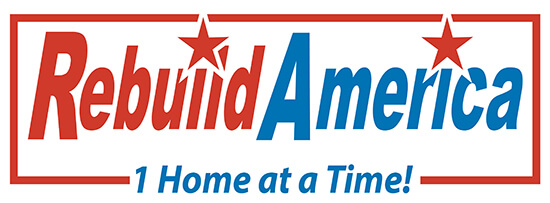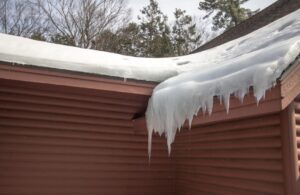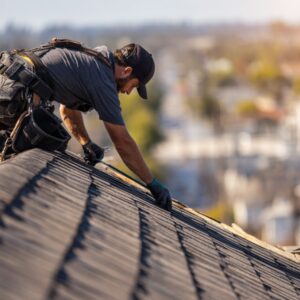Fall Is Here—Is Your Roof Ready for It?
On Long Island, we get the full four-season experience. But here’s the thing: while everyone’s out enjoying cider and football, your roof is already getting ready for battle.
Cold snaps, coastal winds, heavy rain, even early snow—it’s all coming. That’s why now is the time to run through a proper roofing checklist and book a fall roof inspection before winter weather shows up unannounced.
At Rebuild America: Roofing, Windows, and Remodeling, we’ve been helping homeowners prepare their roofs for the cold for three generations. And we’ve seen firsthand how a small issue in October turns into a big, expensive problem in February.
This isn’t about fear. It’s about knowing what to look for, doing it early, and making informed decisions. We’ll walk you through it.
What you’ll get from this guide:
- A practical roof inspection checklist you can use today
- Key signs your roof may not be ready for winter
- Local insights specific to Long Island weather and homes
- Tips on what you can DIY—and what to call in the pros for
If you’d rather skip the guesswork and get expert eyes on it, Rebuild America can help.
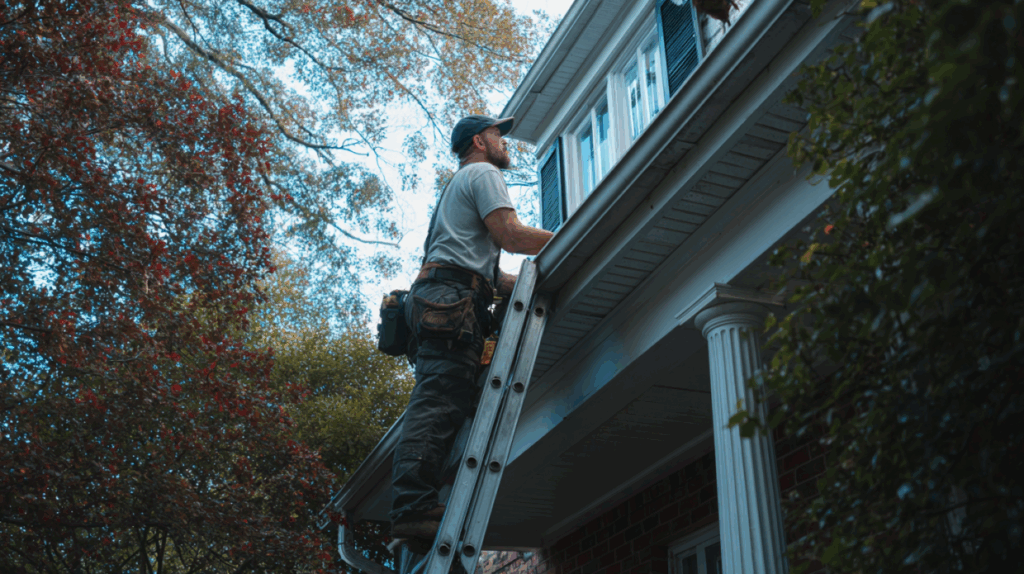
Why Fall Roof Inspections Matter on Long Island
Let’s call it what it is: Long Island weather can be tough on roofs. Between Nor’easters, salt air, and temperature swings, your roofing system takes more abuse than most homeowners realize.
That’s why fall is the best (and really, the only smart) time to go through a structured roof inspection checklist—before snow and freezing temps show up.
What makes Long Island different?
Unlike other regions, we’re dealing with:
- Coastal winds that rip up shingles
- Sudden freeze-thaw cycles that crack materials
- Heavy, wet snow that tests older structures
- Homes built before 1934 that often lack modern roof decking or venting
- Humidity that leads to algae or moss on shaded roofs
Translation? Your roof works overtime—and needs attention before it’s buried in snow or covered in ice dams.
What to Know Before Starting Your Fall Roofing Checklist
Before we jump into what to inspect, let’s talk prep. A good roof check starts with knowing what you’re working with and what might need professional help.
Understand the potential costs
- Minor repairs (shingles, gutters, flashing): $300–$1,500
- Full replacement: $12,500–$16,000 for the average Long Island home
- We offer flexible financing through Service Finance for larger projects
Check if permits are needed
- Repairs? Usually no permit required.
- Full replacement? Yes—every township is different, and we handle all of that for you.
Safety comes first
If you’re not comfortable using a ladder or walking a roof, don’t do it. Use binoculars or schedule a fall roof inspection with our team. We inspect hundreds of homes every season and can spot things others miss.
The Roofing Checklist Every Long Island Homeowner Needs
Here it is—the fall roof inspection checklist you can follow today. You don’t need to be a contractor to spot warning signs. You just need to know what to look for.
1. Scan the Shingles and Flashing
Look for:
- Shingles that are cracked, curled, missing, or lifting
- Bald spots where granules are gone
- Rusted or dislodged flashing around chimneys, pipes, skylights
Why it matters: These issues are the entry points for water, wind, and pests. One missing shingle can lead to thousands in damage.
2. Check Gutters and Downspouts
Gutters might not be glamorous, but they do a ton of heavy lifting.
Your goal:
- Clear debris
- Make sure they’re pitched correctly
- Check that downspouts carry water away from your foundation
Clogged or loose gutters lead to ice dams, which are a top cause of winter roof leaks on Long Island.
3. Look for Algae, Moss, or Staining
Green or black streaks might not seem urgent, but they’re signs of moisture retention. Moss holds water, and water breaks down shingles.
If you see growth, schedule a professional roof cleaning—pressure washers can do more harm than good.
4. Head Inside: Inspect the Attic and Top Floor
This is the part most homeowners forget. Grab a flashlight and look for:
- Water stains or rings
- Sagging insulation
- A musty smell
- Daylight peeking through the roof boards
If you see—or smell—any of the above, your roof is already compromised.
5. Trim Back Trees and Branches
Branches should be 8–10 feet away from your roofline. If a snowstorm drops a branch, you don’t want it landing on brittle shingles or tearing off your gutters.
Fall is the ideal time to take care of this.
6. Book a Professional Fall Roof Inspection
Even if everything looks fine, we recommend having a trained eye go deeper.
At Rebuild America, we inspect:
- All 12 of your roof’s key failure points
- Your decking, underlayment, ventilation, and flashing
- Material wear and remaining life expectancy
We’ll give you a clear, honest report—no pressure, no scare tactics.
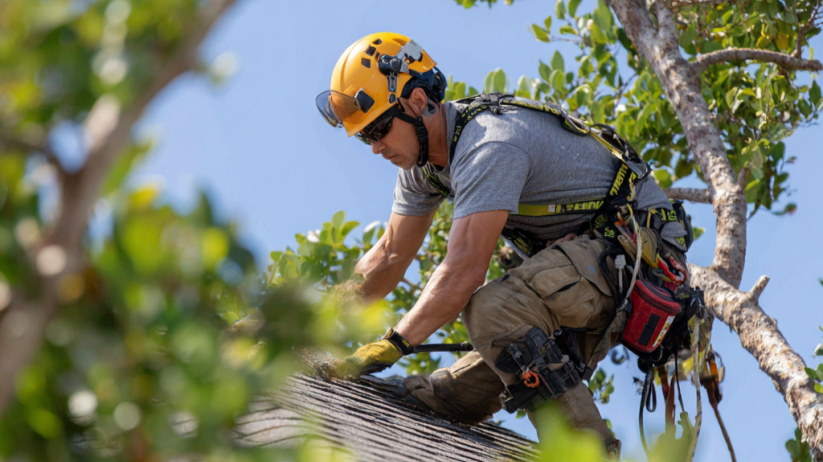
What We See on Long Island Roofs (And What Fails Most Often)
Every year, we inspect hundreds of roofs across Suffolk and Nassau County. Here’s what we’re seeing most—and how it ties back to your fall roofing checklist.
Popular Roofing Materials and Their Performance
| Material | Winter Durability | Our Take |
| Asphalt Shingles (GAF Timberline HDZ) | Good with proper install | Most common on Long Island |
| Metal Roofing | Excellent | Expensive but durable |
| Flat Roofs (GAF Liberty) | Moderate | Needs routine checks |
| Slate/Cedar | Aesthetic but fragile | Not ideal for harsh winters |
The Top Failures We Uncover
- Improper nail patterns from past installers
- Missing flashing in key water-prone areas
- Ventilation problems that trap heat and moisture
- Rotten decking under “good-looking” shingles
And here’s the kicker: most of these issues aren’t visible from the ground. That’s why a professional inspection matters.
Huntington Roofing FAQs: Fall Roof Inspection Edition
What are the most common roofing issues during fall in Huntington?
The most common fall roofing issues in Huntington are shingle damage, flashing failures, and clogged gutters, all of which lead to winter leaks if ignored.
Is it really necessary to inspect my roof every fall?
Yes, inspecting your roof every fall is important because small issues become expensive problems once snow and ice arrive. Fall gives you time to act before the damage sets in.
How long does a professional fall roof inspection take?
A professional fall roof inspection typically takes 60 to 90 minutes, depending on the size and condition of your home.
Can I inspect my roof myself without climbing up there?
Yes, you can inspect your roof from the ground using binoculars or a drone. But for anything beyond a visual check, we recommend calling a licensed roofing contractor.
What’s the risk of skipping fall roof maintenance?
Skipping fall roof maintenance puts your home at risk for ice dams, leaks, mold, and structural damage, especially during a harsh winter.
Does Rebuild America offer free roof inspections?
Yes, Rebuild America offers free, detailed fall roof inspections throughout Long Island. No pressure, no pushy sales—just facts about your roof’s condition.
Don’t Wait Until It’s Leaking: Fall Is the Time to Act
Here’s the deal: winter isn’t going to wait for you to get around to roof maintenance. And once snow and ice hit, your options shrink fast—and the cost goes up.
Running through a simple roofing checklist now, or scheduling a fall roof inspection, can save you thousands come spring.
At Rebuild America: Roofing, Windows, and Remodeling, we’ve built our business on one thing: doing things the right way the first time. We’re certified, factory-trained, and trusted by thousands of Long Island homeowners. We don’t do scare tactics—we do straight talk.
Schedule your free roof inspection today. Winter’s coming, and we’ll make sure your roof is ready for it.
